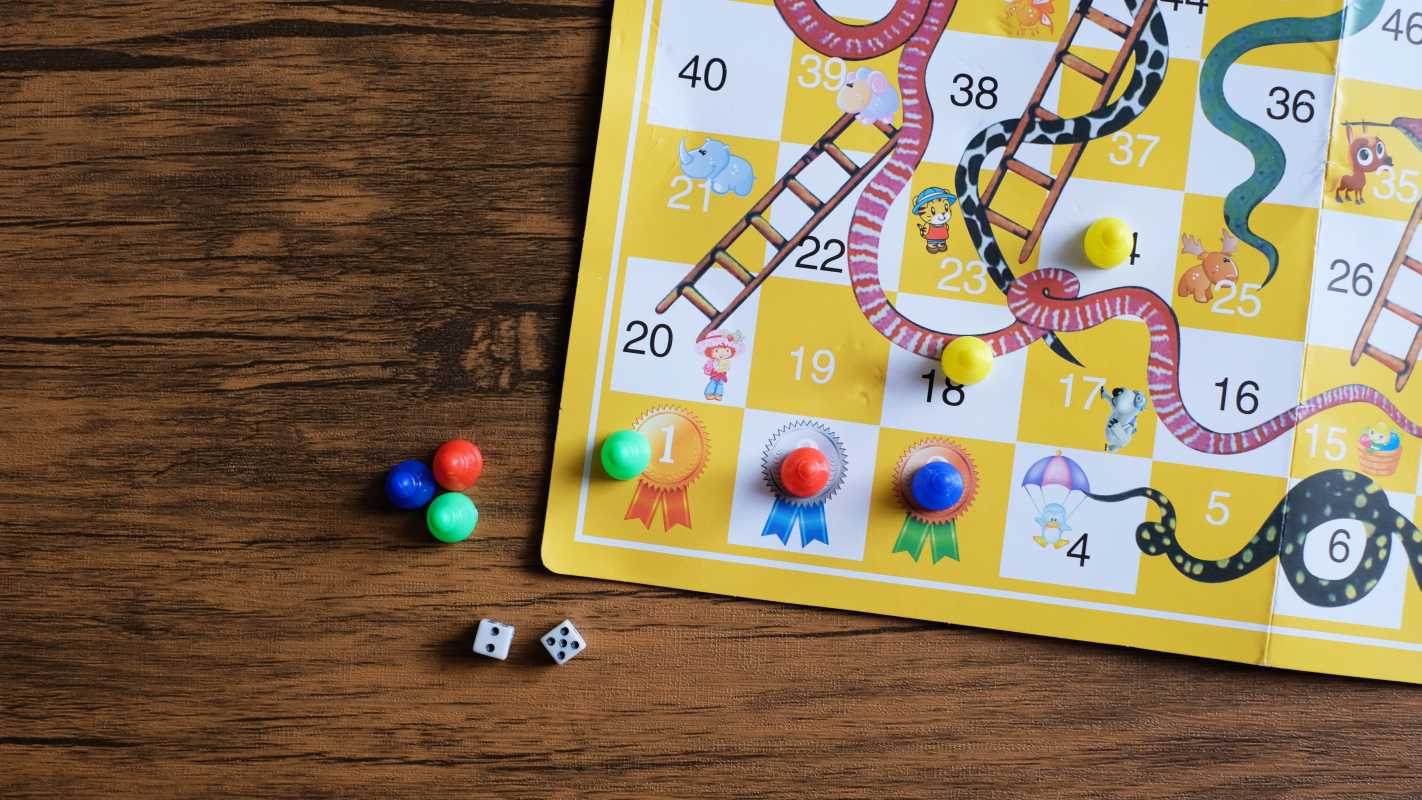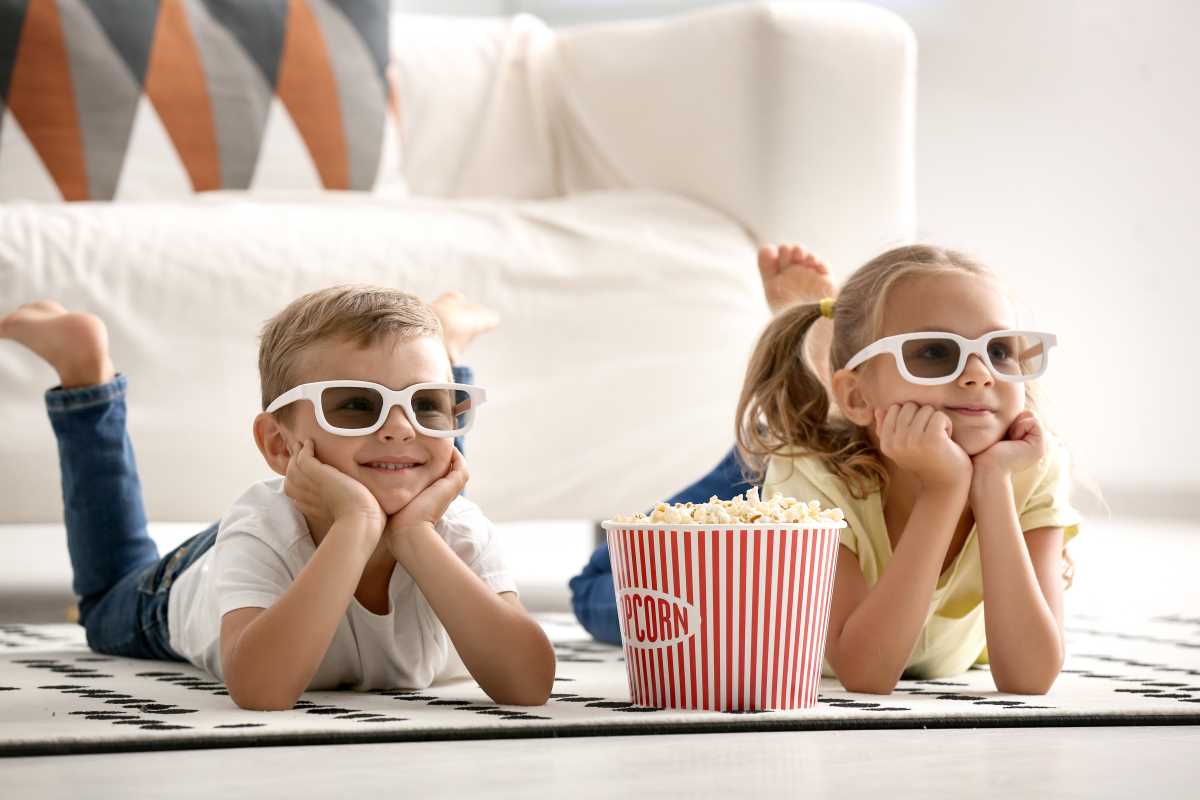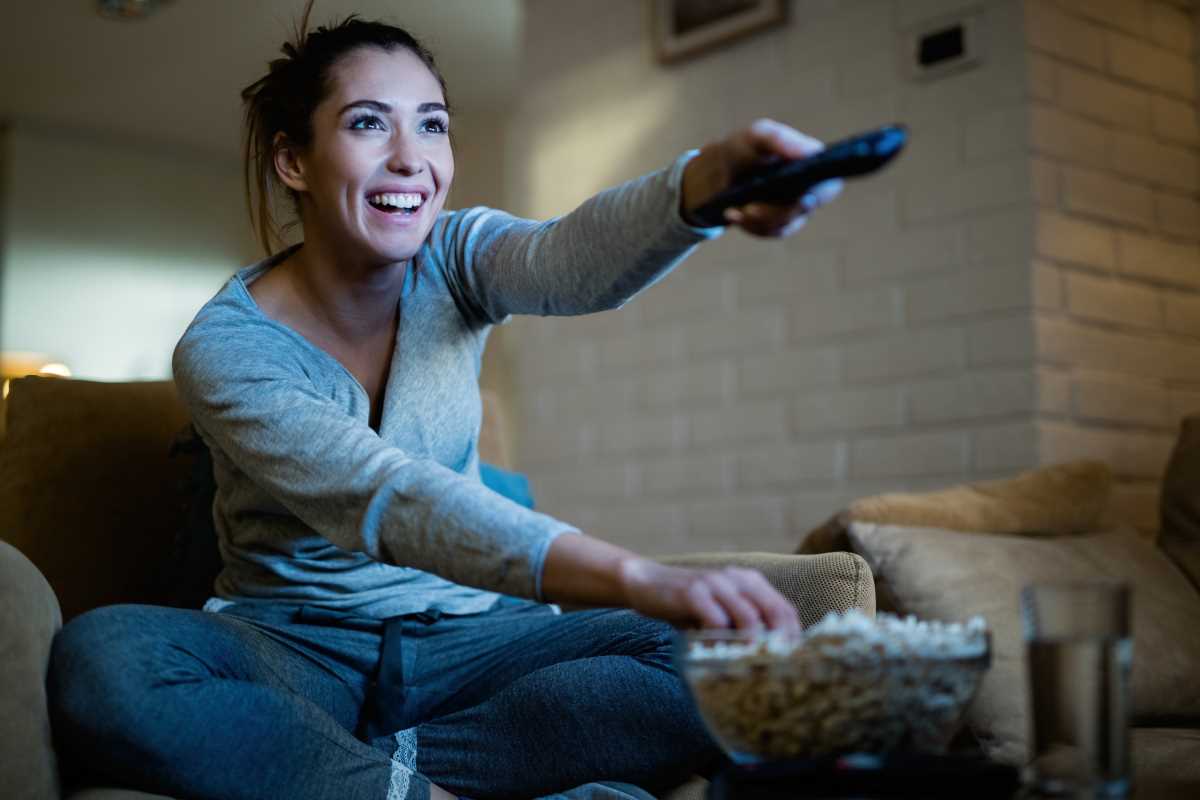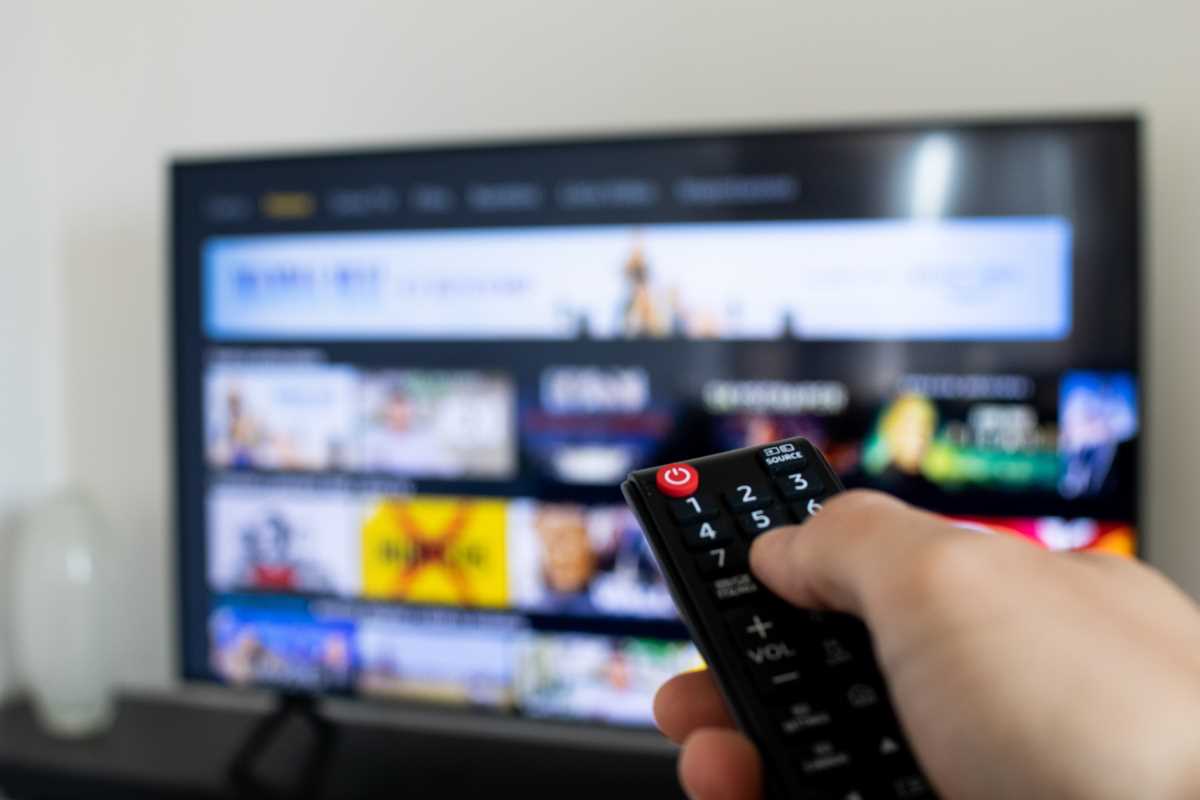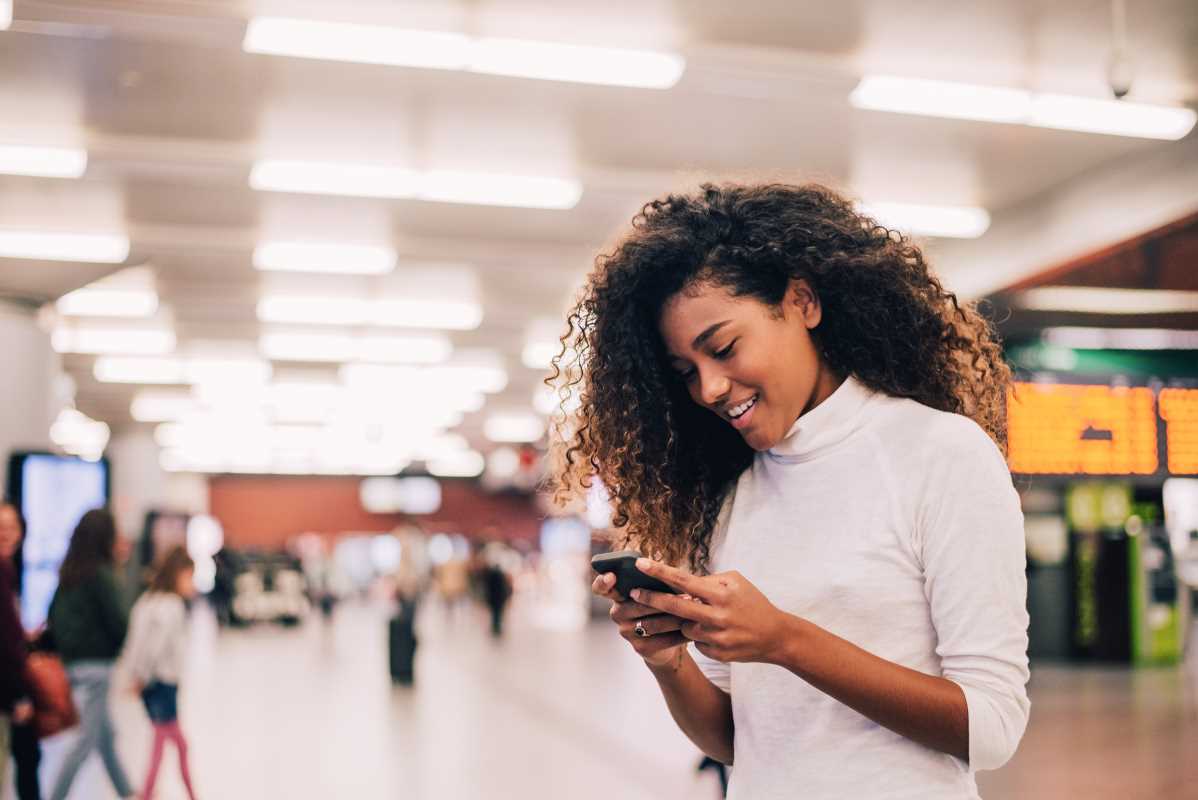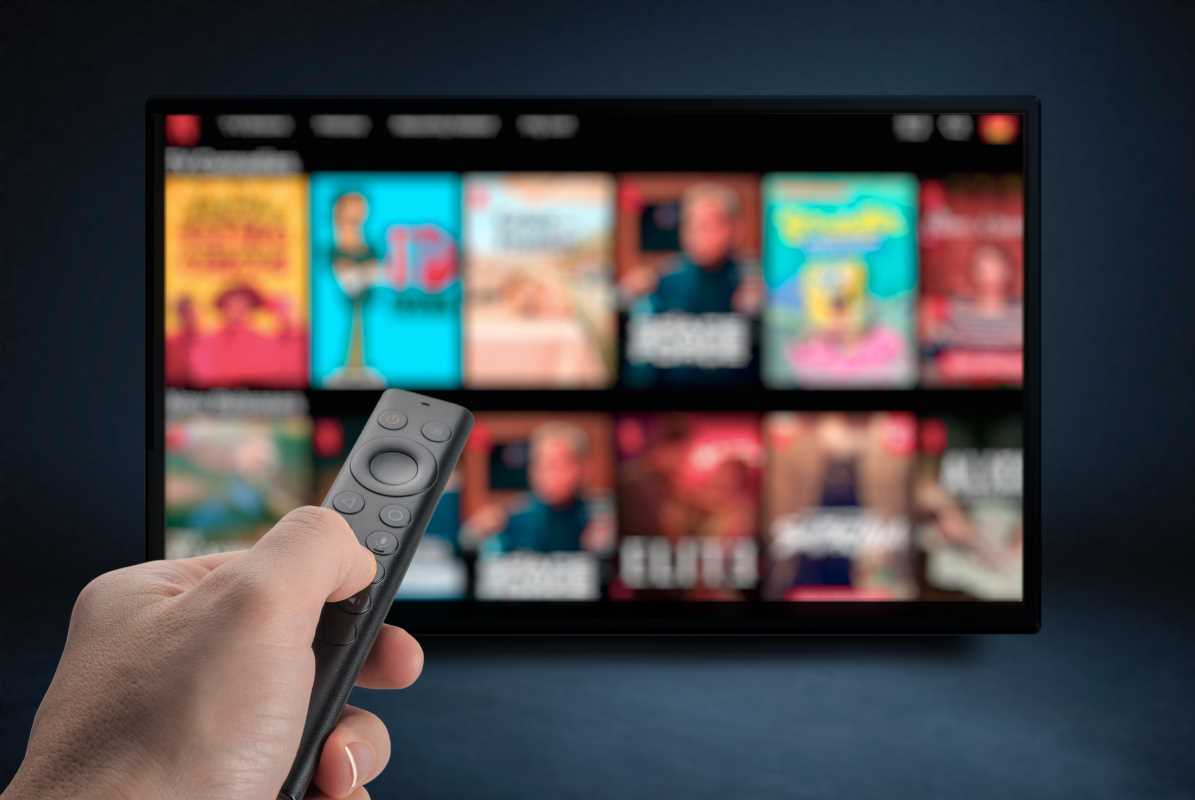Artificial Intelligence (AI) has reshaped countless industries, and the realm of creativity is no exception. From AI-generated poems and digital art to automated music composition, this technology is challenging conventional ideas about creativity and the role humans play in it. But is this new wave of AI-driven innovation fueling creativity, or is it diluting what it means to create?
The truth lies somewhere in between. While AI offers ground-breaking tools that enhance productivity and accessibility, its rise also presents complex questions about originality, ethics, and the human touch in creative work.
This article explores both the promises and the perils of AI in creative spaces and reflects on how humans and machines might collaborate to redefine the creative landscape.
The Positives of AI-Generated Creativity
1. Enhancing Human Productivity
One of AI’s most significant contributions to creativity is how it helps creators produce work more efficiently. AI tools like content generators, image editors, and language models take care of repetitive or time-intensive tasks, allowing creatives to focus on big-picture ideas.
For example, writers can use platforms like ChatGPT to draft blogs, brainstorm new ideas, or edit work for clarity and conciseness. Similarly, graphic designers can leverage AI tools to generate mood boards or enhance their designs with a click. What might have taken hours or days can now be accomplished in minutes, freeing up time for deeper exploration or innovation.
Real-world example:
AI-powered programs like Adobe Sensei assist photographers and artists by automating processes such as background removal, color grading, and animation. These functions reduce workload while maintaining high-quality results.
2. Democratizing Creativity
AI bridges the gap for individuals who may not have prior training in creative fields by offering accessible tools that everyone can use. Someone with no musical background can now compose songs with AI tools like AIVA, while aspiring authors can draft compelling stories using AI-powered writing platforms.
This has significant implications for inclusivity. The barriers to creative expression are being lowered, enabling more people to share their ideas with the world, regardless of resources or expertise.
Example in action:
Canva, a design platform with AI features, has enabled small business owners and non-designers to create professional-quality graphics, logos, and branding without needing a design degree.
3. Sparking New Ideas and Inspirations
AI is not just a tool for replication; it can serve as a source of inspiration. AI models trained on vast datasets can generate ideas that humans may not have considered. They combine elements in unique ways, offering fresh perspectives and directions.
For example, AI art generators like DALL·E can create surreal, imaginative visuals by combining seemingly unrelated concepts, such as "a floating castle made of clouds." This can spark ideas for human creators to build upon.
Furthermore, writers can use AI-generated content as a starting point, exploring how machines interpret themes and using that as a springboard for creativity.
The Negatives of AI-Created Content
1. Challenges to Originality
One of the most pressing concerns about AI-generated content is the question of originality. AI models are trained on massive datasets, often pulling from existing works to generate new ones. While the outputs may appear novel, critics argue that they are fundamentally derivatives of pre-existing material.
This raises the question: can something created by AI truly be original? If so much of what AI produces relies on patterns and ideas it has already "learned," then its outputs may fall short of capturing the innovative spirit traditionally associated with human creativity.
2. Over-Reliance on AI
With AI making creative tasks significantly easier, there's a risk that creators may become overly dependent on these tools. Over-reliance on AI could lead to a decline in skills, as individuals rely more on algorithms and less on their expertise or intuition.
For instance, using AI to draft every piece of writing could reduce the ability of a writer to think critically, craft nuanced arguments, or develop distinct personal styles.
3. Ethical and Copyright Dilemmas
The use of AI in creative industries also comes with ethical uncertainties. AI often relies on existing data from creators, whether they are writers, artists, or musicians, to produce content. If the original creators are not credited or compensated, this poses significant moral and legal issues.
Additionally, there’s the challenge of authenticity. When AI-generated works mimic human creations, it can be difficult to determine who (or what) deserves credit for the final output. This could cause tension in industries where intellectual property rights are critical.
Example of controversy:
The rise of AI-generated art led to legal disputes when artists discovered their work had been used to train certain AI models without their consent. Similarly, questions are surfacing around whether AI-generated texts that mimic a particular writer’s tone should credit the writer as a co-contributor.
4. Potential Loss of Emotional Depth
AI excels at recognizing patterns and creating content based on those patterns, but it lacks the lived experiences and emotions that human creators bring to their work. Art, writing, and music often resonate deeply because they come from a place of personal experience, vulnerability, or passion.
When AI generates content, it may lack the emotional nuances and rawness that make human-created works relatable and impactful. For example, a song composed by AI may sound technically perfect but might lack the soul-stirring effect of a track written by someone who has lived through the emotions they’re expressing.
Striking a Balance Between Humans and AI
The question is not whether AI will replace human creativity (spoiler alert: it won’t); it’s about how humans can harness AI's potential while preserving the unique qualities of human imagination.
Here are some ways to achieve that balance:
- Collaborative Creativity: Instead of viewing AI as a rival, creators can see it as a partner. Musicians might use AI to generate beats and melodies but still write lyrics from personal experience. Similarly, writers can work with AI to refine drafts without relinquishing their voice.
- Ethical Use of AI: Governments, platforms, and creators must work together to establish ethical guidelines for AI use, particularly regarding copyright and data sourcing.
- Prioritizing the Human Element: While AI can assist with brainstorming, design, and production, the final touch should always come from a human. This ensures that the creative work retains a sense of authenticity and personal connection.
The Road Ahead
AI-created content is neither a threat nor a panacea for creativity. It’s a tool with vast potential, capable of inspiring, accelerating, and democratizing the creative process. However, it also pushes us to reflect deeply on what makes creativity truly valuable.
By recognizing the strengths and limitations of AI, we can approach this new frontier responsibly. With thoughtful collaboration, humans and AI can work together to push the boundaries of creativity in ways that honor both innovation and authenticity.

